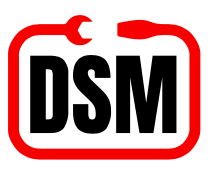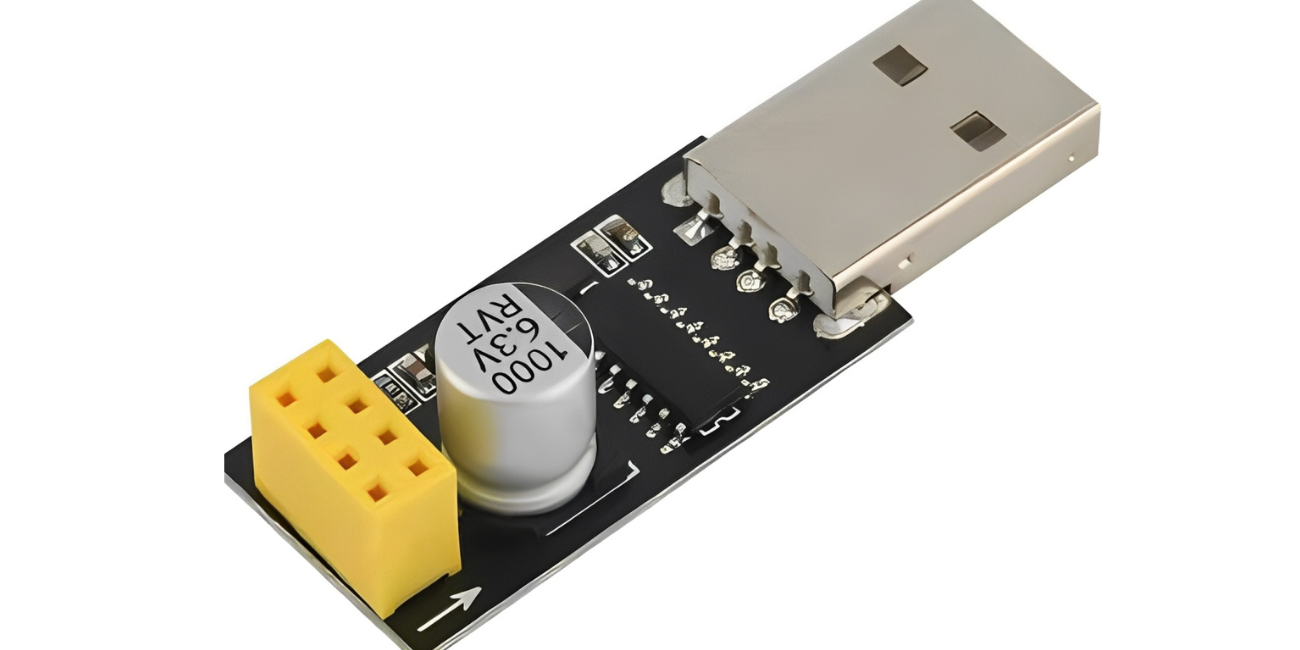
DSM Online Support
Support Master
Welcome to DSM Online
How can I help you today
How can we assist you? please let us know the support you need from DSM Online

Ah, the ESP-01! This tiny, incredibly affordable module was, for many of us, our first exciting foray into the world of Wi-Fi enabled microcontrollers. It brought the power of the ESP8266 chip to the masses, opening up endless possibilities for IoT development – from smart home gadgets to connected sensors. But let's be honest, getting that little beast programmed in the early days could be a bit... finicky. Remember juggling jumper wires, breadboards, and trying to perfectly time the GPIO0 pull-down and reset?
If that sounds all too familiar, or if you're just starting your journey with the ESP-01, then let me introduce you to a game-changer: the ESP-01 ESP8266 USB UART Programmer. This unassuming little board is designed to take all the hassle out of programming your ESP-01, making it a truly plug-and-play experience. It's not just a convenience; it's an essential tool that transforms a potentially frustrating setup into a smooth, efficient workflow.
What Exactly Is This USB UART Programmer?
At its core, the ESP-01 USB UART Programmer is a dedicated bridge between your computer's USB port and the ESP-01's serial communication pins. Think of it as a specialized translator and power supply all rolled into one, custom-built for the ESP-01 module.
Traditional programming of the ESP8266 ESP-01 often involves:
A separate USB-to-TTL serial converter (like an FTDI or CH340 board).
A 3.3V power supply (the ESP-01 is very sensitive to 5V).
A handful of jumper wires to connect VCC, GND, TX, RX, CH_PD, RST, and critically, GPIO0 (which needs to be pulled low to enter programming mode).
Manually holding buttons or momentarily connecting wires at just the right time during the upload process.
The ESP-01 programmer simplifies all of this. It integrates the necessary USB-to-serial chip (often a reliable CH340G), provides stable 3.3V power directly from the USB port, and, most importantly, cleverly manages the GPIO0 and RST pins. Many versions even come with onboard buttons to automatically put the ESP-01 into firmware upload mode with a simple press. This makes it the ultimate ESP-01 flasher.
Why Every ESP-01 Enthusiast Needs One (Even If You're a Jumper Wire Pro!)
You might be thinking, "I can already program my ESP-01 with a breadboard setup." And yes, you can! But here's why this dedicated USB to ESP-01 converter is still a must-have:
True Plug-and-Play Convenience: No more complicated wiring diagrams, no more accidentally misplacing pins. Just plug your ESP-01 directly into the programmer's header, connect it to your computer's USB port, and you're ready to go. This is a massive time-saver.
Reliable Power & Stability: The ESP-01 can be sensitive to power fluctuations, especially during programming. These dedicated programmers often include onboard capacitors and stable voltage regulators (typically 3.3V) to ensure the module receives clean, consistent power, drastically reducing programming failures.
Automatic Boot Mode Switching (Often): The best ESP-01 programmers have built-in logic or simple buttons that handle the GPIO0-to-GND and Reset sequence for you. This means no more fiddling with manual connections or perfectly timed button presses to enter ESP8266 programming mode. It makes Arduino IDE ESP-01 uploads a breeze.
Dedicated Serial Debugging: When your ESP-01 isn't in programming mode, the board acts as a straightforward USB UART programmer, allowing you to send AT commands, receive serial communication data from your running code, and debug your IoT development projects with ease.
Durability: Unlike a fragile breadboard setup that can easily come undone, this compact module is robust, making it perfect for taking your ESP-01 projects on the go or keeping your workbench tidy.
Putting Your Programmer to Work: Common Applications
Once you have your ESP-01 ESP8266 USB UART Programmer, a world of possibilities opens up:
Flashing Custom Firmware: Easily upload your own Arduino sketches, NodeMCU Lua firmware, MicroPython, or Espressif AT firmware to your ESP-01 module. This is essential for tailoring the module to your specific project needs.
AT Command Interaction: Before diving into complex code, you can use the programmer to send AT commands to the ESP-01 via your computer's serial monitor. This is great for initial setup, testing Wi-Fi connections, and understanding its basic functionalities.
Serial Debugging: As your microcontroller programming skills grow, you'll find the ability to print debug messages from your ESP-01 code to your computer's serial monitor invaluable for troubleshooting and understanding how your program is running in real-time.
Bringing Old ESP-01s Back to Life: Sometimes, an ESP-01 can become unresponsive. With a dedicated ESP-01 flasher, you can often re-flash its firmware and bring it back from the brink.
Getting Started: Quick Tips for a Smooth Experience
Driver Check: Most ESP-01 USB programmers use a CH340G or CP2102 chip. Ensure you have the correct drivers installed on your computer. They are usually readily available online with a quick search.
Correct Orientation: Double-check that your ESP-01 module is inserted into the programmer's header in the correct orientation. There's usually a clear outline or silkscreen print to guide you.
Arduino IDE Setup: If using the Arduino IDE, make sure you've installed the ESP8266 boards package and selected "Generic ESP8266 Module" (or "ESP-01 Module" if available) from the "Tools > Board" menu.
Baud Rate: When communicating with the ESP-01 (especially for AT commands or initial firmware uploads), ensure your serial monitor's baud rate matches the ESP-01's default (often 115200 or 9600 for AT firmware).
The ESP-01 USB UART Programmer: Your Essential ESP8266 Companion
The ESP-01 ESP8266 USB UART Programmer might be a small board, but it solves big problems for anyone working with the powerful ESP-01 module. It transforms frustrating manual setups into a seamless, reliable experience, letting you focus on the exciting part: building your IoT development projects. If you've ever struggled with flashing firmware or debugging an ESP-01, this ESP-01 programmer is the affordable, indispensable tool you've been waiting for. It’s an investment in smoother ESP8266 programming and a more enjoyable maker journey.